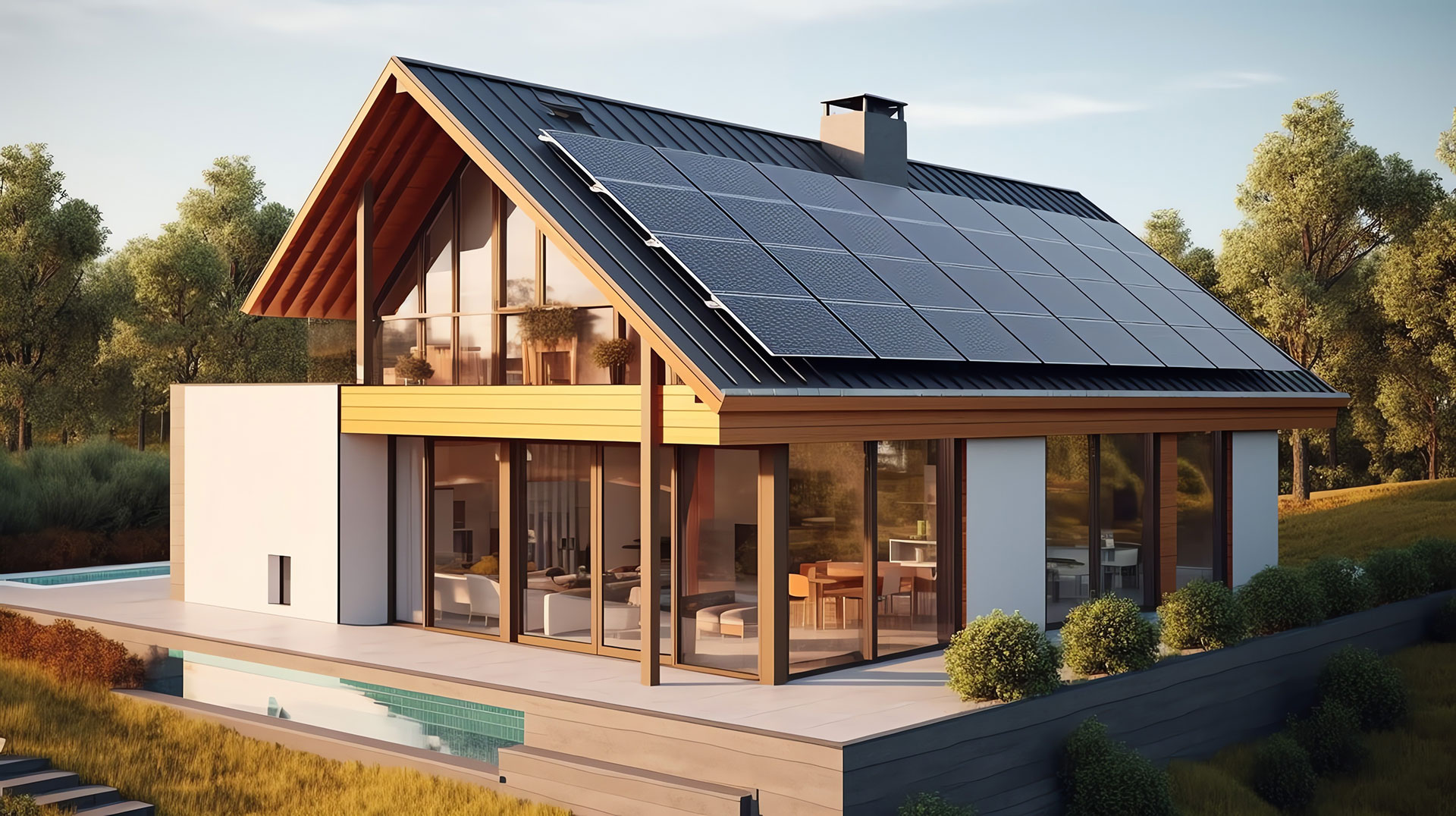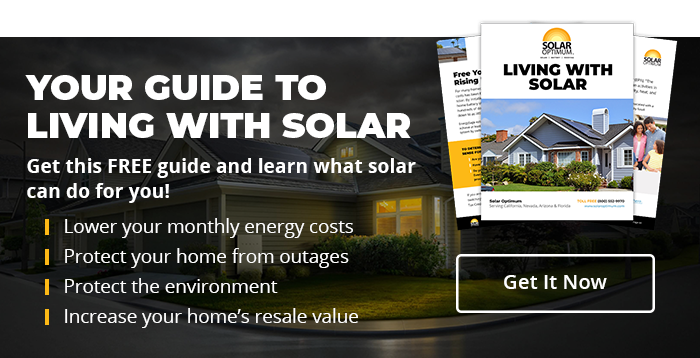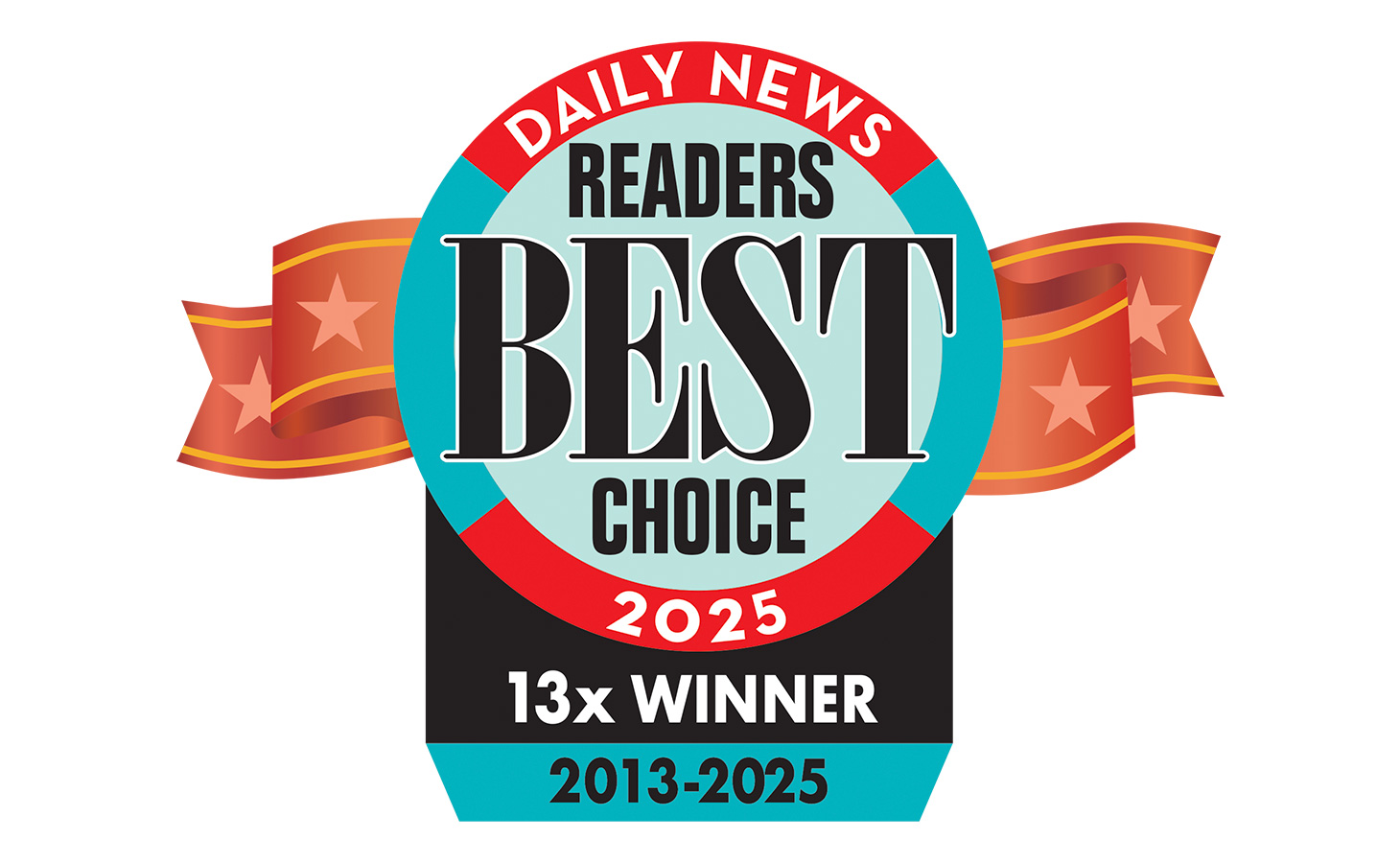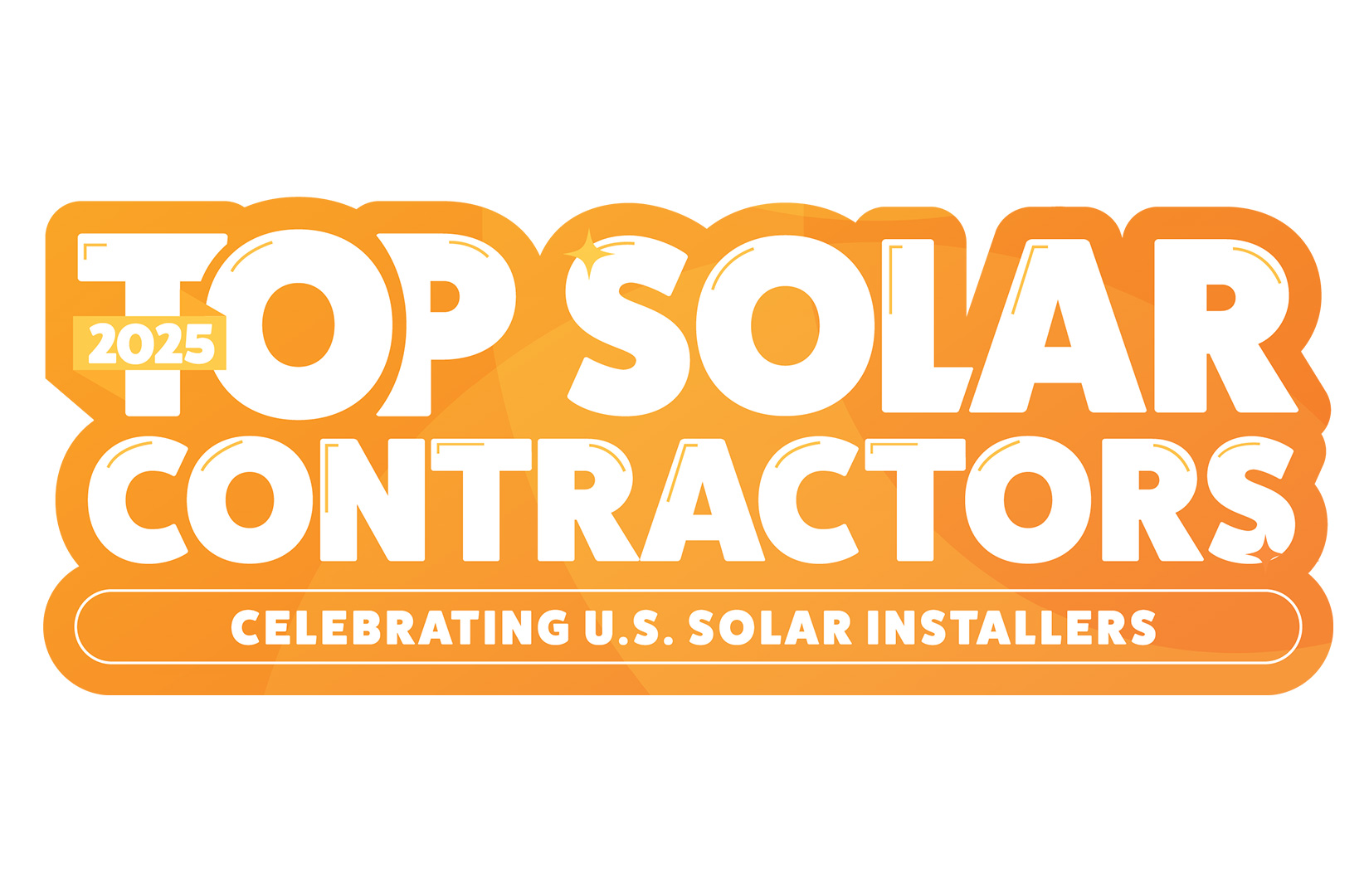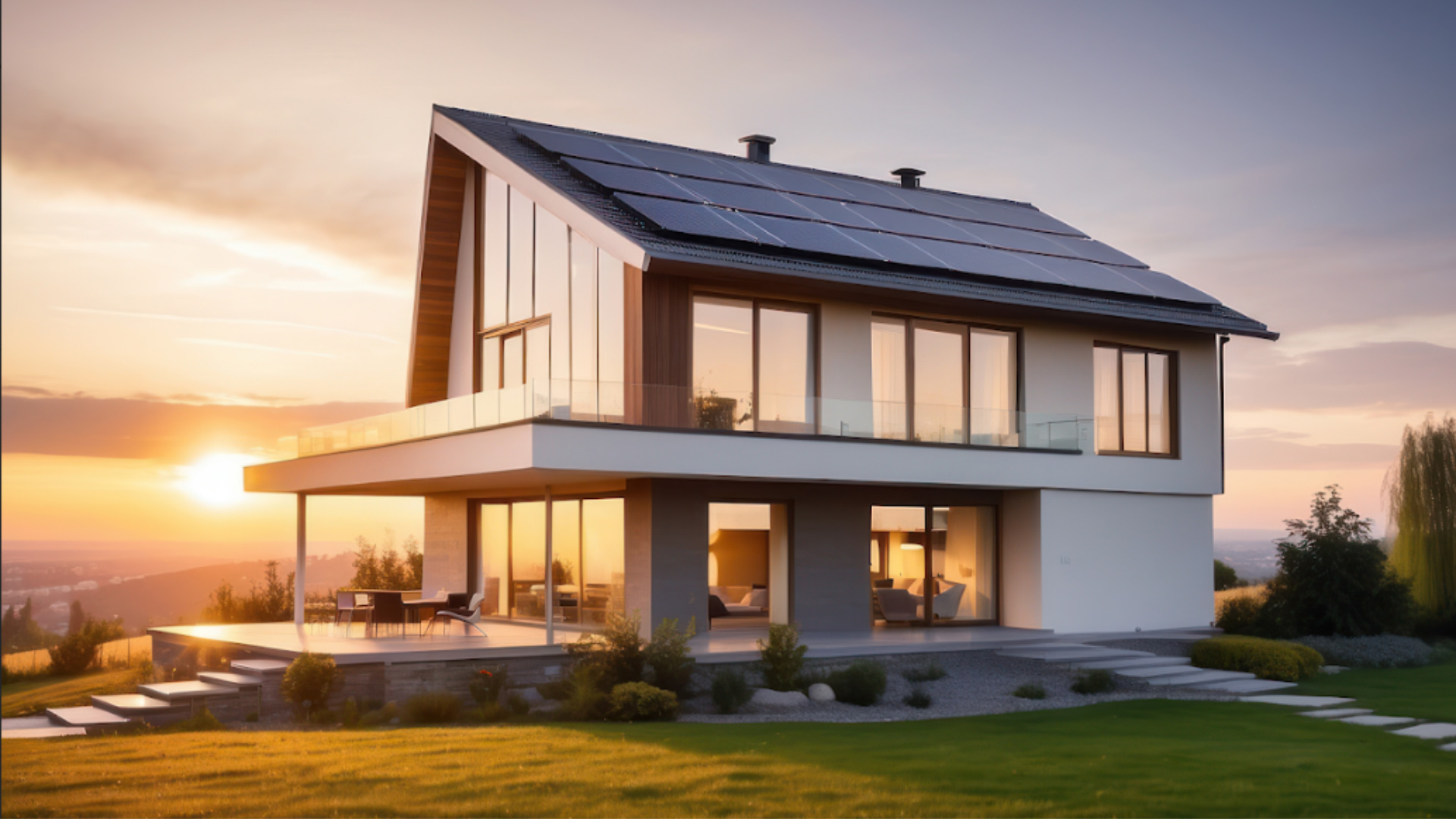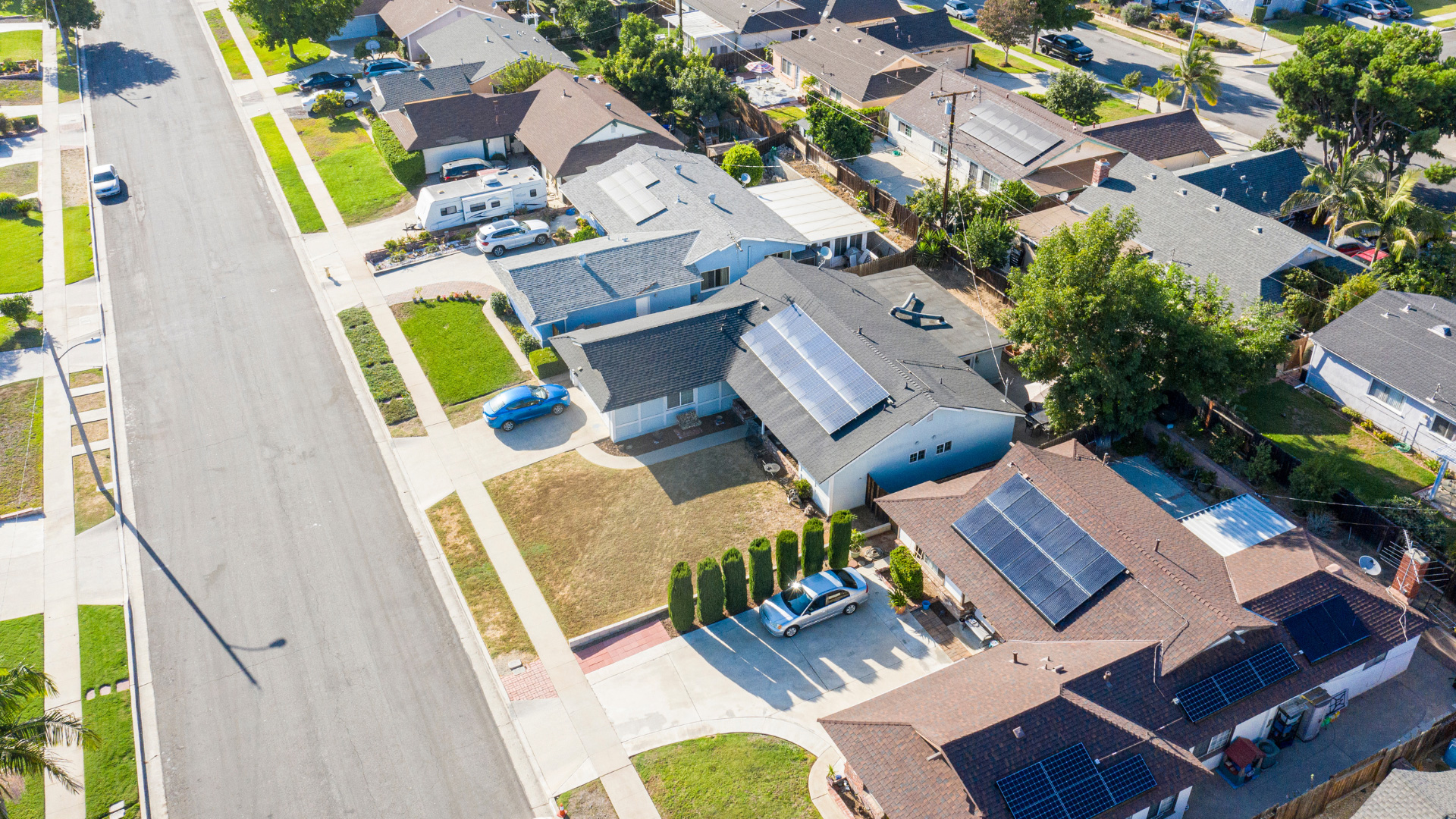Smart home technologies and solar energy are the wave of the future. Each plays an important role in limiting energy use and promoting whole-building efficiency. When integrated, they allow for a synergistic and wholly optimized approach to energy management. The following are five easy ways you can integrate solar energy with your smart home technology in Arizona.
1. Solar Battery Storage
Solar panels save homeowners money by supplying sufficient power to run all household appliances, personal devices, outlets and lighting fixtures. During times of high solar production, many households produce enough electricity to send excess amounts back to the grid. Arizona offers net billing rather than net metering. Instead of receiving cash for their excess energy, residents are compensated via a credit system, which homeowners can use to offset the costs of electricity during days of low production.
Unfortunately, Arizona’s net billing system isn’t as financially rewarding for consumers as net metering programs in other areas and Arizona legislators are currently pushing to further reduce the existing compensation plan. Solar battery storage is the best way to get maximum financial rewards from your solar installation. This secondary, integrated solar technology harnesses and stores excess energy so you can use it later, rather than selling it back to the grid for meager credits.
2. Smart Home Controls
Whether you use Google Nest, Amazon Alexa, Apple Home or any other smart hub to control your smart appliances and other smart home features, you can integrate your solar panels for easy monitoring and management. Smart hubs can control everything from lighting and plugged-in devices to home sensors, home security systems and doorbells. With integration, you can track your energy use, manage your energy source and keep tabs on your solar-related energy savings.
3. Smart Solar Command Panels
Connecting a smart solar command panel to your main electrical panel will allow you to manage the distribution of power during outages. This way, on days when you’re forced to be fully reliant on solar energy, you can easily prioritize how and where electricity is distributed. With a smart solar command panel, you can prioritize your HVAC system, stove and refrigerator, rather than wasting your limited solar energy on laptops and lamps.
4. Smart Appliances and Fixtures
There are countless smart appliances and fixtures that moderate their energy use for optimum efficiency. These devices also allow for remote monitoring and control via smart hubs and smart solar command panels. If you’re installing solar, you can gradually upgrade the fixtures and appliances throughout your home to further lower your carbon footprint and your electricity bill.
5. Smart Thermostats
When used correctly, smart thermostats could help homeowners reduce their heating and cooling-related energy costs. The average household saves approximately $125 a month with solar installation. Pairing these two technologies is the best way to fully capitalize on the efficiency of both.
Smart thermostats optimize solar output by tracking energy use and making automatic temperature adjustments accordingly. With some devices, you can raise or lower your home’s internal temperature according to peak energy hours, times of high or low solar production and other pertinent factors. This allows you to avoid experiencing any energy losses due to human oversight or error.
Add Solar Energy to Your Smart Home Today
At Solar Optimum, we’re committed to helping homeowners curb their energy bills and their carbon footprints. Not only do we offer and install the latest solar technologies, but we also help our clients seamlessly integrate them with innovative, smart home features. To find out more or request a hassle-free quote, contact Solar Optimum today!

